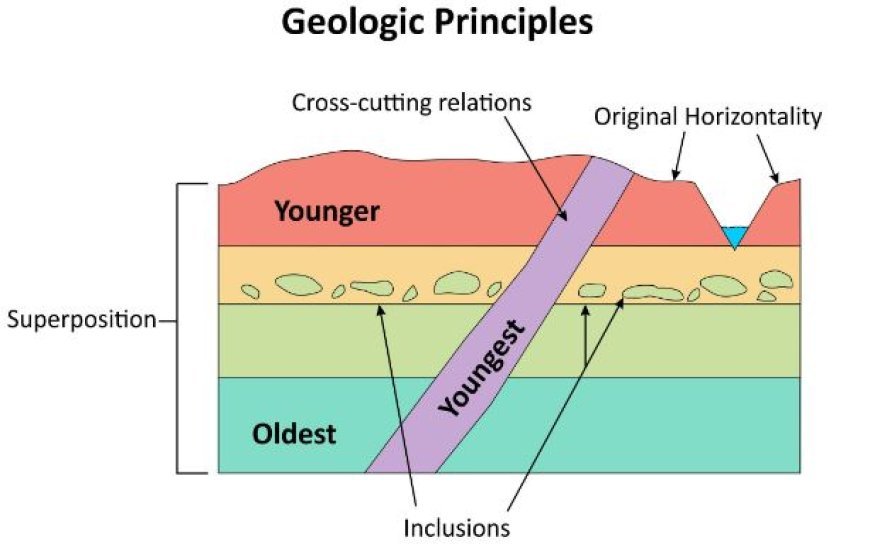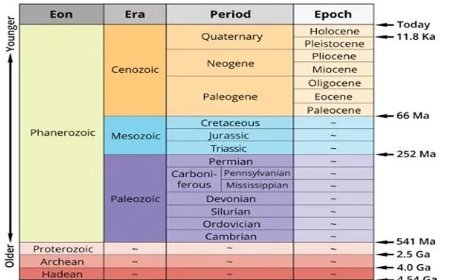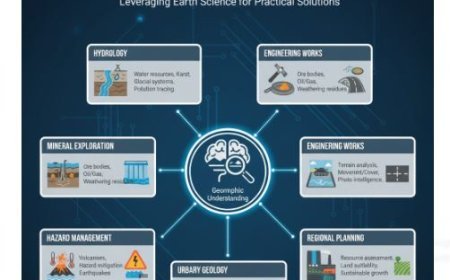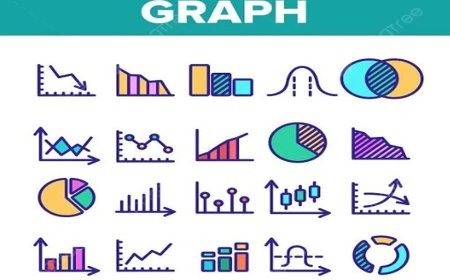STRATIGRAPHY
Learn about stratigraphy, the study of rock layers, and its significance in understanding Earth's geological past. Explore the principles, concepts, and applications of this vital field.

UNDERSTANDING STRATIGRAPHY
- The study of the makeup, order, and layout of rock layers, or strata, is called stratigraphy. Geologists carefully study these layers to piece together past environments, figure out tectonic events, and learn how life on Earth has changed over time.
- Geologists use stratigraphic principles to connect and understand rock layers that are spread out over large areas of the world.
Different kinds of stratigraphy
- Stratigraphy is a broad field that includes many specific areas, such as
- Lithostratigraphy looks at the physical features and make-up of rock layers so that rock units can be grouped and mapped out based on their lithology (rock type).
- Biostratigraphy: This method uses the fossils found in rocks to figure out the relative order of layers because fossils are the preserved remains of living things that lived during certain geological times.
- Chronostratigraphy: gives an exact time scale based on numbers from radiometric dating, which helps scientists figure out how old rock layers really are and what happened that made them.
- Sequence stratigraphy looks at how sedimentary rocks are stacked to find and understand the order of depositional settings. This helps us understand how sea levels change, how plates move, and how the climate changes.
How to Use Stratigraphy
- These basic ideas help us understand the meaning of rock layers that make up stratigraphy:
- Superposition: Newer rock layers are put on top of older ones, which shows the order of events.
- Lateral Continuity: Rock layers keep going side to side until they reach a break or limit.
- Original Horizontality: Sedimentary rock layers are laid horizontally at first, and any changes show that they have been deformed or tilted over time.
- Cross-Cutting Relationships: Geological features that go through layers of rock are younger than the layers they go through.
How Stratigraphy is Used
- Numerous sciences and useful fields use stratigraphy in a wide range of ways:
- Geologic Mapping and Exploration: Stratigraphic analysis helps map and understand the geological structure of the Earth's rock, which makes it easier to look for and get oil, gas, and minerals.
- Reconstructing the past climate: Stratigraphic lines give a thorough record of past climate conditions, showing how temperature and sea level have changed over millions of years, as well as the make-up of the atmosphere.
- Paleontology: Stratigraphy helps us understand fossil groups and follow the development of life over geological time by showing how they fit into a timeline.
- Environmental Studies: analyzing the layers of soil helps us learn about the environment, the amount of pollution, and the effects of natural disasters in the past.
What's Your Reaction?



































